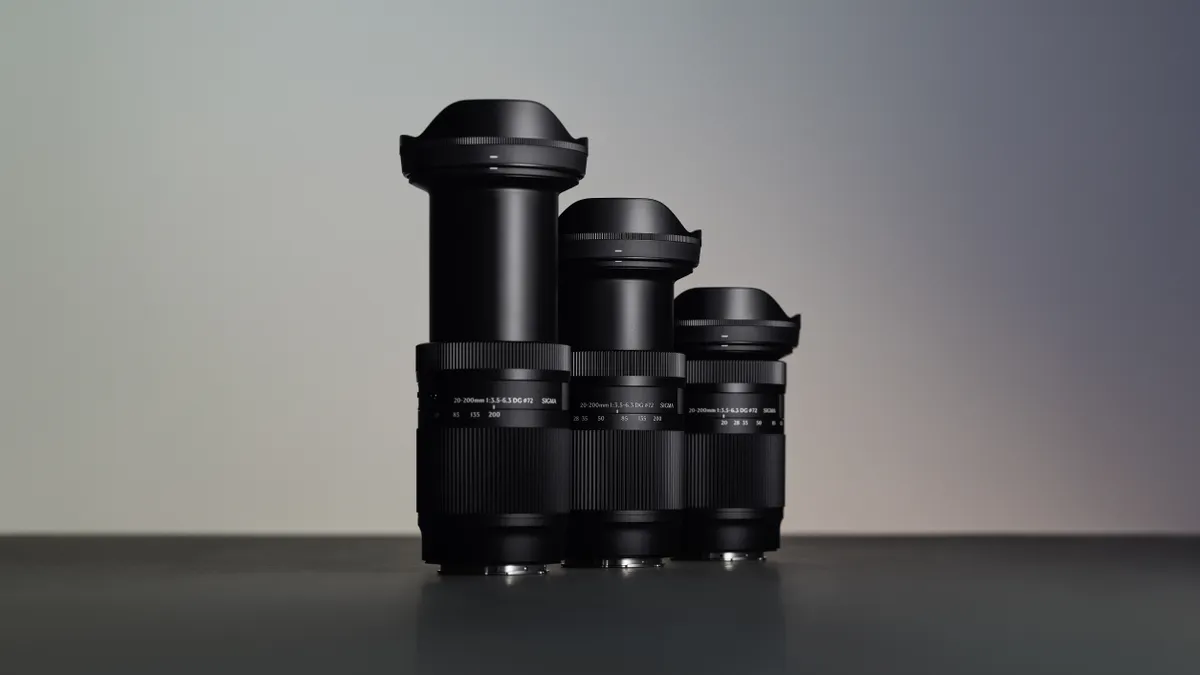Sigma has unveiled four new lenses aimed at both photographers and filmmakers, including what it describes as industry firsts in portrait and travel zoom categories. The lineup expands its Art and Contemporary series while also marking Sigma’s first step into autofocus cinema glass.
The standout for many will be the 135mm F1.4 DG Art, the first autofocus lens at this focal length to offer such a wide aperture. Autofocus lenses at 135mm have traditionally topped out at f/1.8, so the extra two-thirds of a stop gives shooters more low-light flexibility and shallower depth of field. At 1,430g, it’s far from lightweight, but its tripod collar suggests Sigma is positioning it for serious portrait and telephoto use, where its “bokeh-heavy” rendering will be most appreciated.
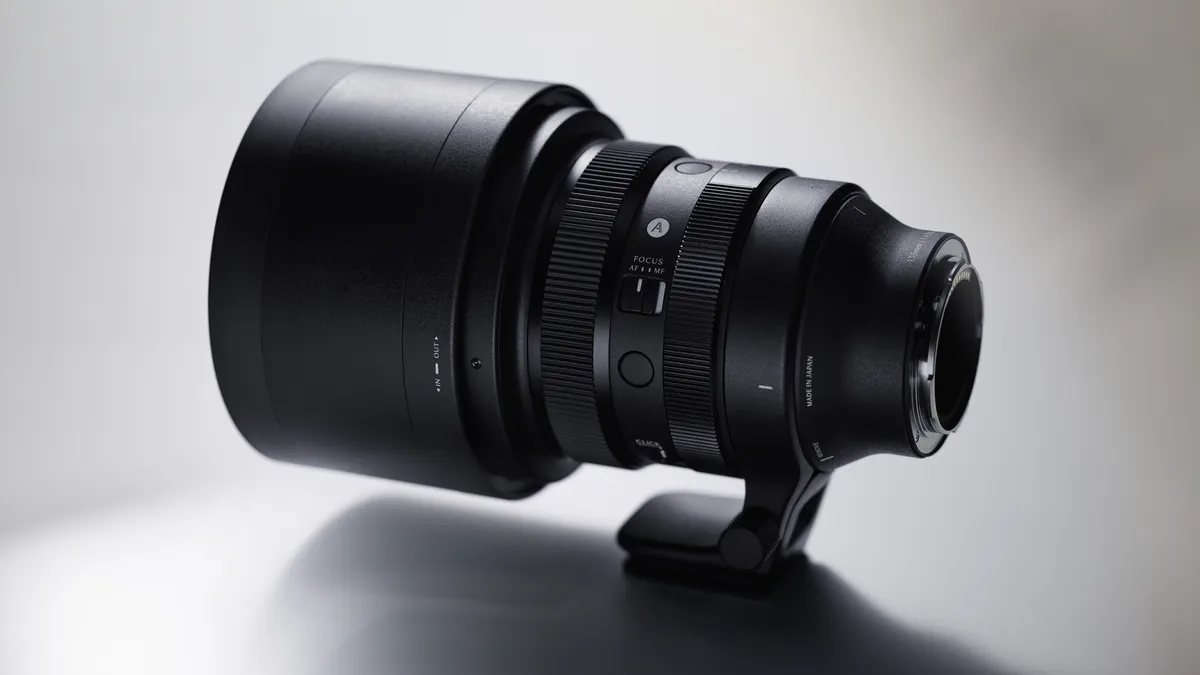
The 35mm F1.2 DG II Art is a follow-up to Sigma’s original 2019 release. It arrives with a 30% weight reduction and a 20% shorter body, yet Sigma claims improved optics, particularly in chromatic aberration control and sagittal coma flare. The fast aperture makes it attractive for both still photography and video, with attention paid to minimizing focus breathing for filmmakers.
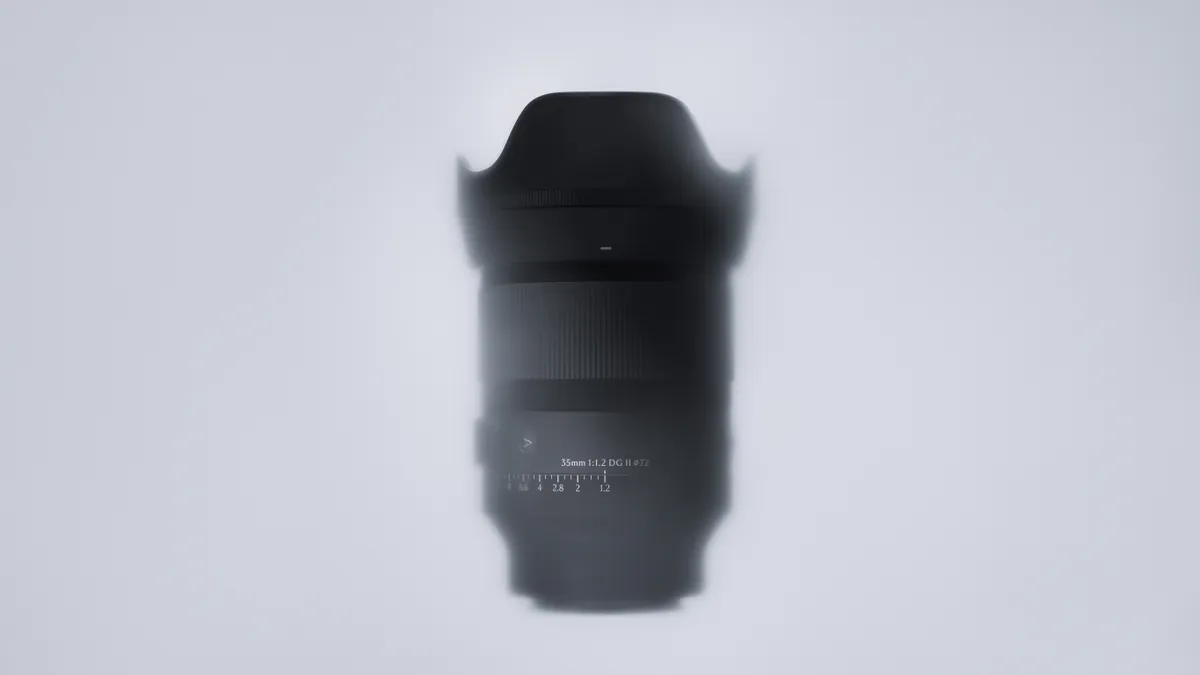
For travel and general-purpose shooting, Sigma introduced the 20–200mm F3.5–6.3 DG Contemporary, which it bills as the first full-frame mirrorless 10x zoom to start at 20mm. Weighing just 550g and measuring 115.5mm, the lens covers wide landscapes through to medium telephoto subjects, with a 1:2 magnification ratio at certain focal lengths for close-up work. Such a range makes it a potential all-in-one option for photographers who want to travel light without swapping glass.
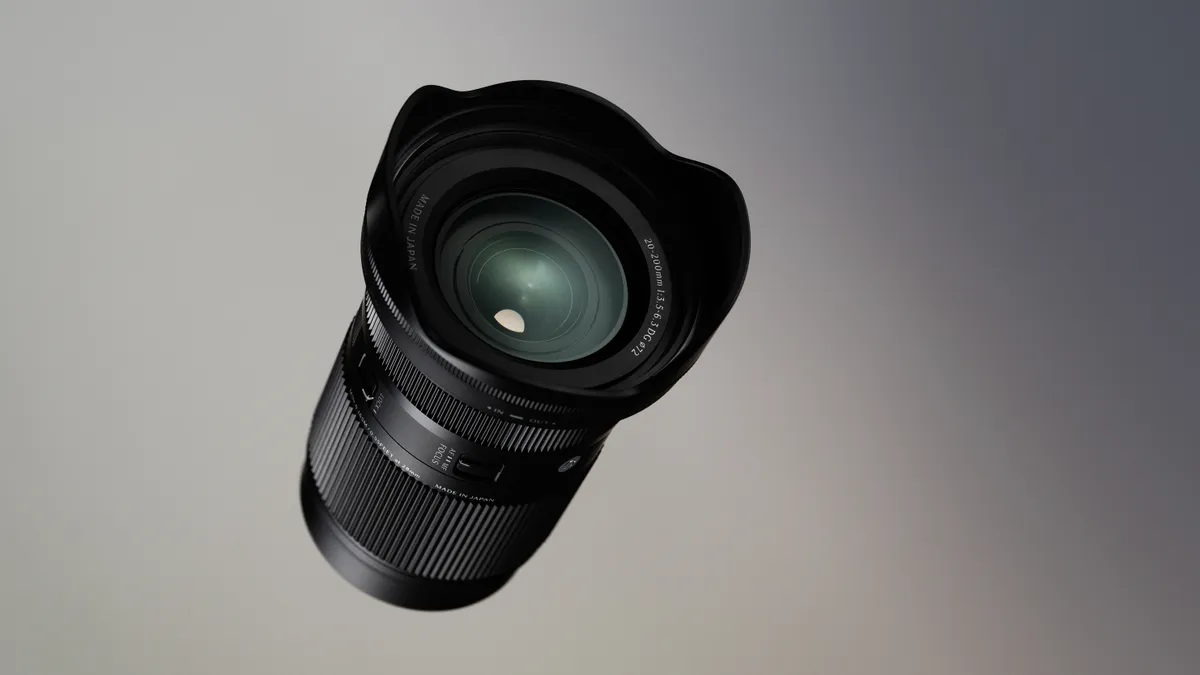
Sigma also announced its first autofocus cinema lens, the 28–45mm T2 FF, available in November. Based on the optics of its 28–45mm F1.8 Art lens, the cine version integrates features professionals expect: geared rings, limited focus rotation, a de-clicked aperture ring, and near-silent autofocus. At 1.2kg, it fits squarely into the professional video market, where reliability and control matter more than compactness.
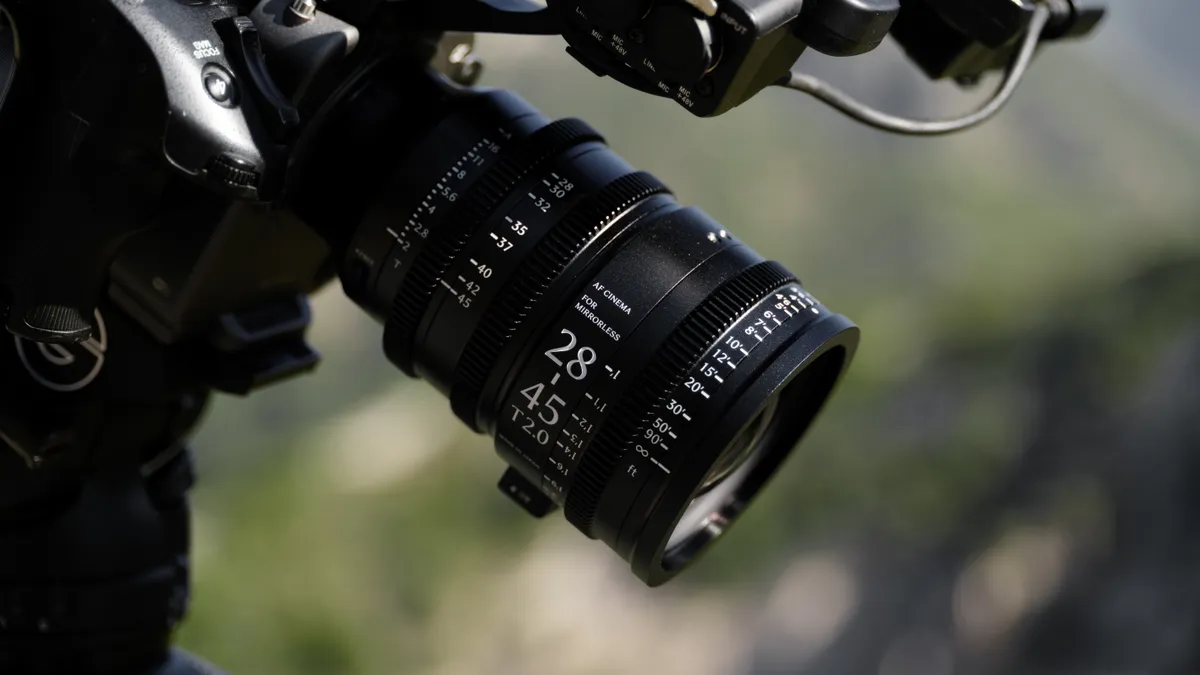
All stills lenses will be offered in both L-Mount and Sony E-mount, with pricing set at $1,899 / £1,649 for the 135mm F1.4, $1,499 / £1,249 for the 35mm F1.2 II, and $999 / £799 for the 20–200mm zoom. The cinema lens will cost $3,399 / £2,599. Whether Sigma expands availability to other mounts remains to be seen.
Taken together, the launches underscore Sigma’s dual push: refining its established high-speed prime line while experimenting with more versatile optics. The 20–200mm could appeal to travel shooters seeking flexibility without bulk, while the 135mm F1.4 caters to portrait specialists chasing subject isolation. The cinema lens signals Sigma’s seriousness about competing in professional video, a segment where autofocus is only now gaining traction.

